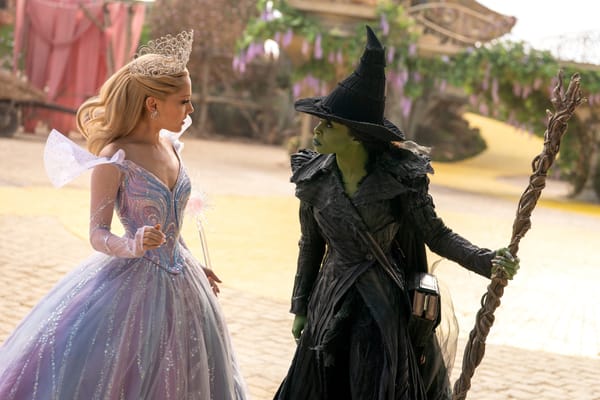Is Apple's Vision Pro the Future of Computing?
Apple wades into augmented reality, but how many will want to jump in?
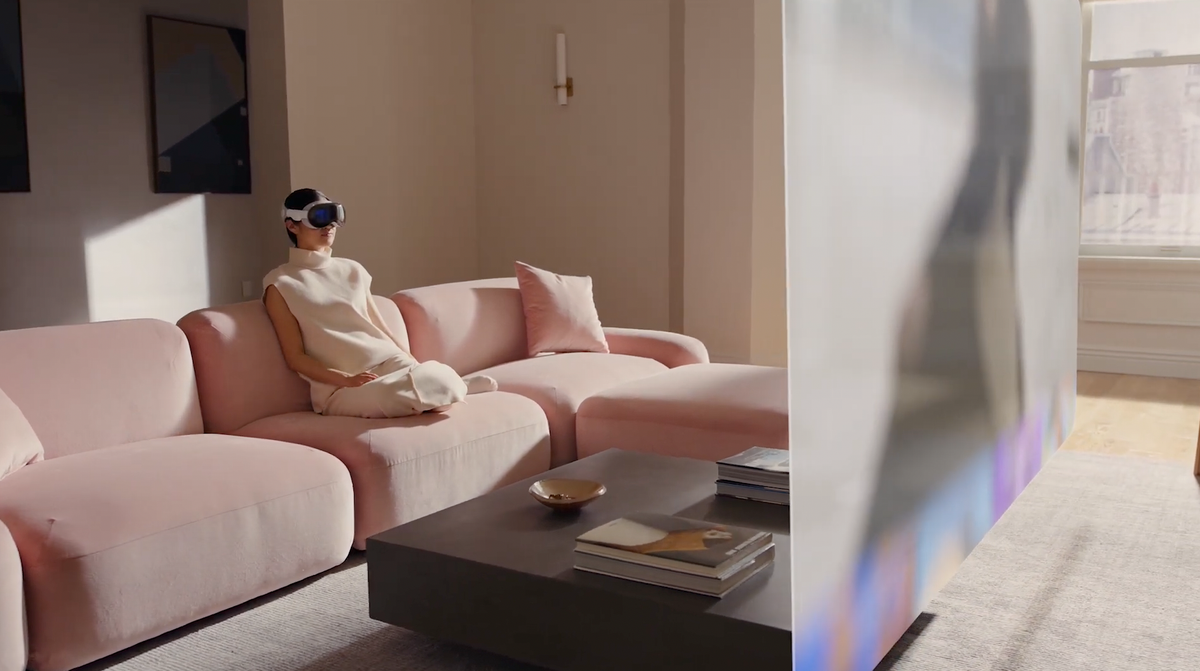
Today at their annual Worldwide Developer Conference, Apple announced Vision Pro, a new headset powered by a new “spatial operating system” called VisionOS. The launch video they provided impressive and the initial use cases are promising. But are people really ready to buy an expensive headset and strap it on their head for hours at a time?
The Case for the Vision Pro
Apple has specifically designed a few app experiences that will take advantage of Vision Pro’s features. What surprised me most about today’s presentation is Apple was squarely aiming this device at the consumer market. This is not something that Apple thinks will be great for a few limited enterprise use cases; Vision Pro will supposedly be able to make your life better right at launch.
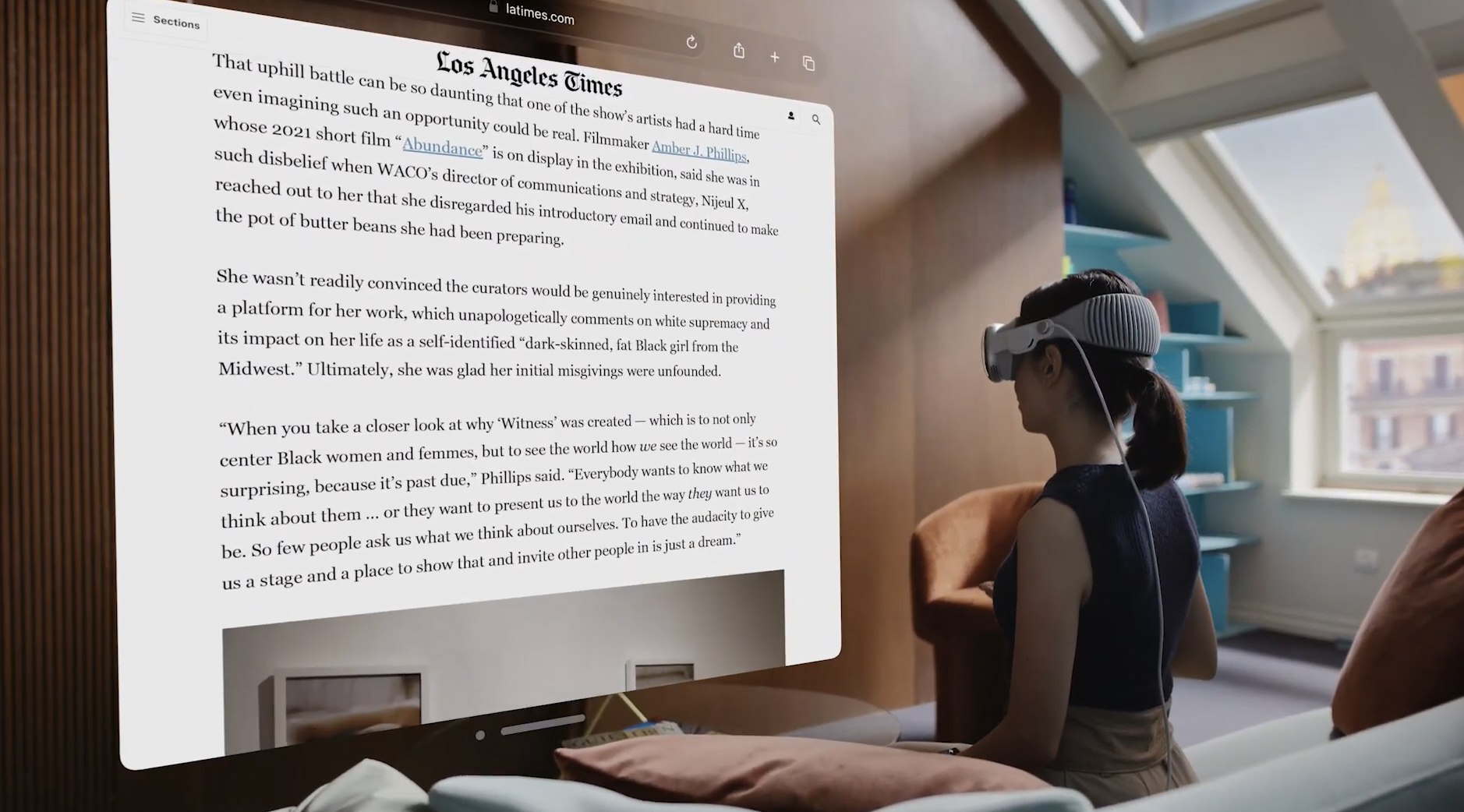
In their video, they identify four primary use cases for Vision Pro. Vision Pro will be:
- “A stunning new way to use the apps you love” - The Vision Pro allows you to use your apps in an entirely new way by placing them on the environment around you. Rather than buying 6 monitors, now you can have 6 virtual screens around you, all of them presumably in high enough fidelity that you can conduct work on them.
- “A powerful way to re-live our memories” - Vision Pro has a built-in 3D camera that can take videos and images, allowing you to re-experience them in 3D later. It’s unclear how immersive this really is and we’ll have to wait for people’s hands-on experiences to really find out. But if their renders are to be believed, we’ve finally re-built Strange Days in the Torment Nexus!
- “A magical way to be immersed in entertainment” - Vision Pro allows you to watch movies and TV using an enormous virtual screen. As someone who has recently started living Projector Life, I love the idea of a gigantic virtual screen. But will the device be comfortable enough for long viewing sessions and will the image look good enough for this usage to be compelling? If so, this could become a home theater lover’s dream.
- “A profound new way to be together” - Vision Pro allows you to Facetime with multiple people and see their image overlaid on your environment. Pretty cool! But what do people see when they look at you? They can’t see your face because it has a headset strapped to it, so Vision Pro will instead create a 3D model of you that will replicate your facial reactions. I have to say I was a little bit surprised by how rough the demo avatar looked. It fell very squarely into the uncanny valley, but I have to imagine these will get better over time.
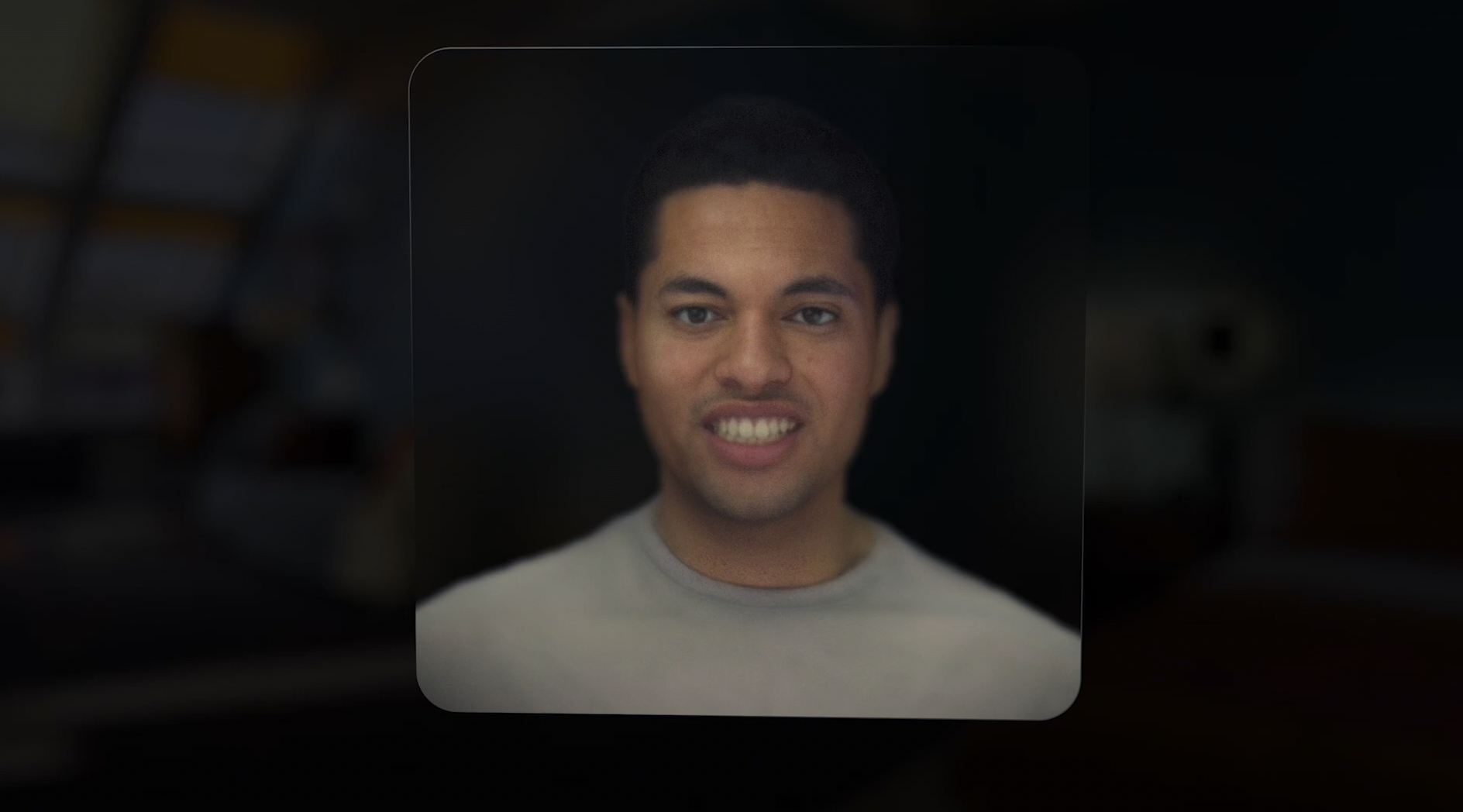
If Vision Pro can actually live up to these promises (or even come close) it’ll be a very compelling product. Who hasn’t wanted to have an immersive movie theater in their small apartment or feel like the person you’re talking on the phone is right in front of you? And those are only the experiences that Apple has announced; once developers get their hands on this, who knows what they might dream up? If Vision Pro can really make you feel like you’re escaping your reality, or making your existing reality more useful and delightful, then the promise of it is boundless.
Apple has launched rough first generation products that are iterated upon until they are the best in their respective industries. The iPhone went on to change the course of human history. The iPad created the tablet industry out of essentially nothing. Apple Watch has become one of the best, easiest-to-use fitness wearables on the market. Can Vision Pro do the same thing? Unclear, but it’s really hard to bet against Apple in the long run.
The Case Against the Vision Pro
There are two big reasons why I think this first-gen device is not quite ready for prime time yet: Pricing and form factor.
From a pricing perspective, this device “Starts at $3499.” Presumably there will be SKUs that are even more expensive, perhaps with more storage or extra battery units — Apple didn’t announce any of that today. But $3499 is a massive investment for a device that has no killer app yet. As my colleague Jeff Cannata pointed out to me, this is the price of seven Meta Quest 3’s (a device that arguably has a much clearer value proposition). The pricing alone will keep this out of most people’s hands.
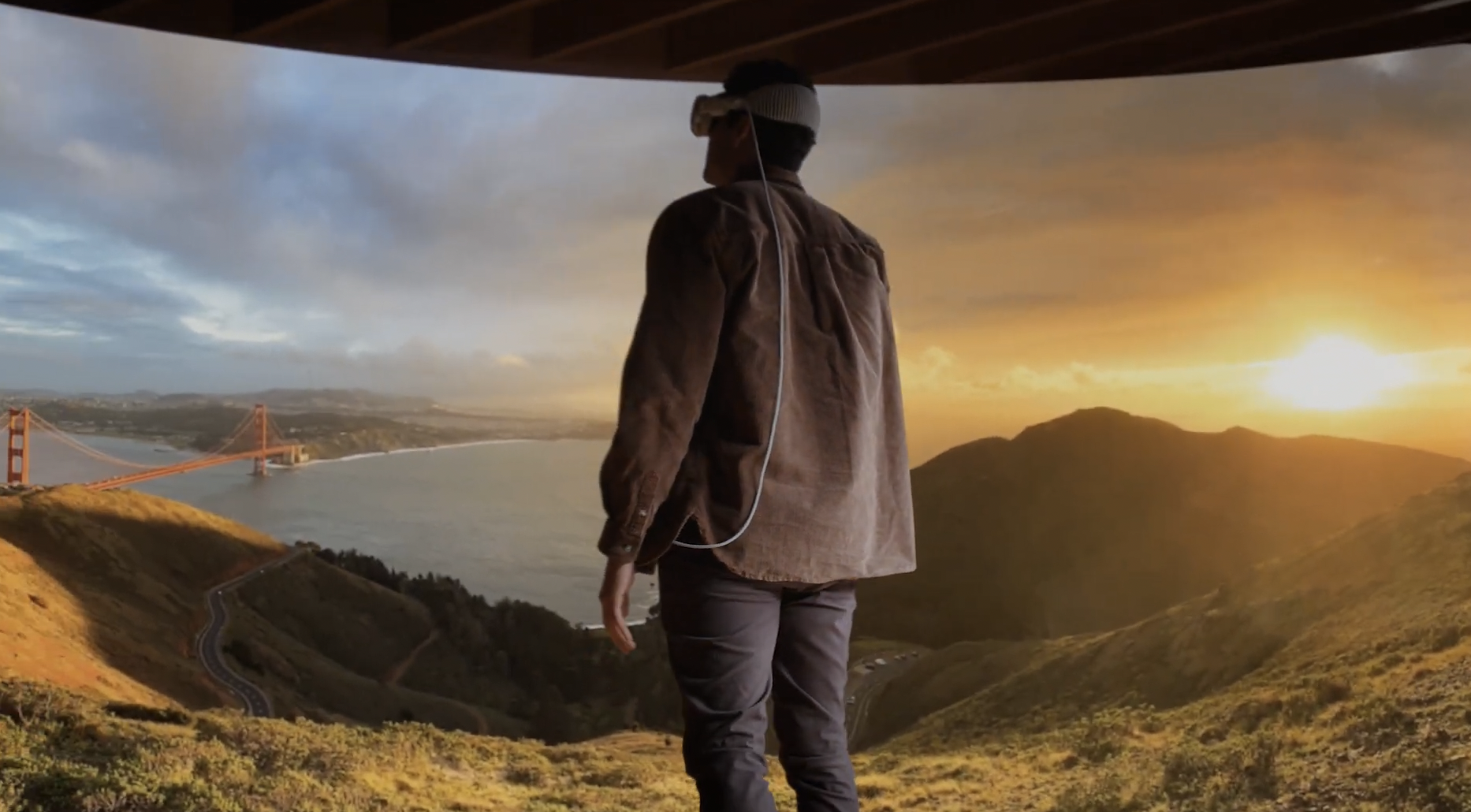
Beyond this, I don’t think that this form factor is going to catch on quite yet. Apple has implemented many great features with the design, including a headband that actually looks comfortable and prescription lenses for people with glasses(!). The device can also tell when you’re talking with other people around you and change its display to allow you to make eye contact — a feature that feels right out of a science fiction movie.
But the device also looks a bit clunky. The battery life is only 2 hours long and that’s with an awkward cable that connects to a battery pack you have to put in your pocket or clip to your clothes. The demo today showed someone watching Avatar: The Way of Water, but you literally wouldn’t even be able to finish that movie on a single charge on this version of the Vision Pro.
I also have a lot of questions about what the actual user experience is like. I’m old enough to remember when Magic Leap put out a series of ridiculous videos promising experiences that never even came close to being delivered upon. While Apple is less likely to over-promise in such outrageous fashion, I couldn’t help but be reminded of these videos while I was watching their Vision Pro announcement today.
Tech history is littered with amazing VR demos that turned out to be not-so-amazing in actual practice. The devil is in the details. How much will the device obstruct your peripheral vision? How clear and bright will app windows be in your field of view? Will movies actually feel high-resolution in this environment? Will the eye and hand-tracking work seamlessly? These are all questions that speak to the ease of the user experience. Each one is subtle but combined they can dictate whether something like this is “must have” or even “must try,” vs. just another device to add to your pile of old Oculus Quests gathering dust in the corner.
One of the biggest challenges of launching a product like Vision Pro is that it’s fundamentally a product you have to experience to really understand. Watching a demo of Vision Pro on a 2D screen probably doesn’t come close to replicating the actual user experience. As people get more hands-on experience with the device and as we get closer to release, we’ll see if it’s compelling enough to get people to plunk down $3499.
I love the vision of the future that a product like Vision Pro represents. It’s a world where we don’t have to look at tiny screens while we’re out in the world and instead can have the tools and information we want integrated into the world around us. The very first Vision Pro product will not deliver on that idea — the vast majority of use cases showed in the video are of people using the device inside or in their homes. But if Apple continues to patiently build on this idea over the course of the next few years (or perhaps decades), it might reach a more ideal form factor for Vision Pro one day. And that’s genuinely exciting.
Thanks for reading! If you enjoyed this post, please subscribe?
Today after the announcement, I got together with Christian Spicer, Jeff Cannata, and Peter Sciretta on my YouTube channel. We shared our overall reactions and what we think the promise of this device will be. Check it out below.

